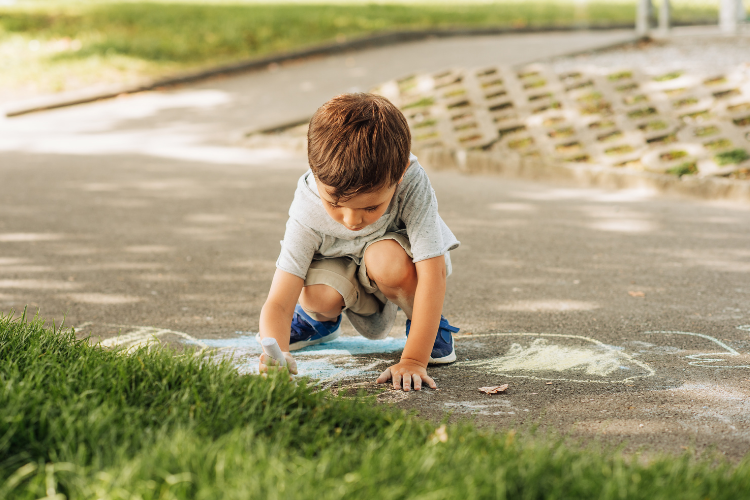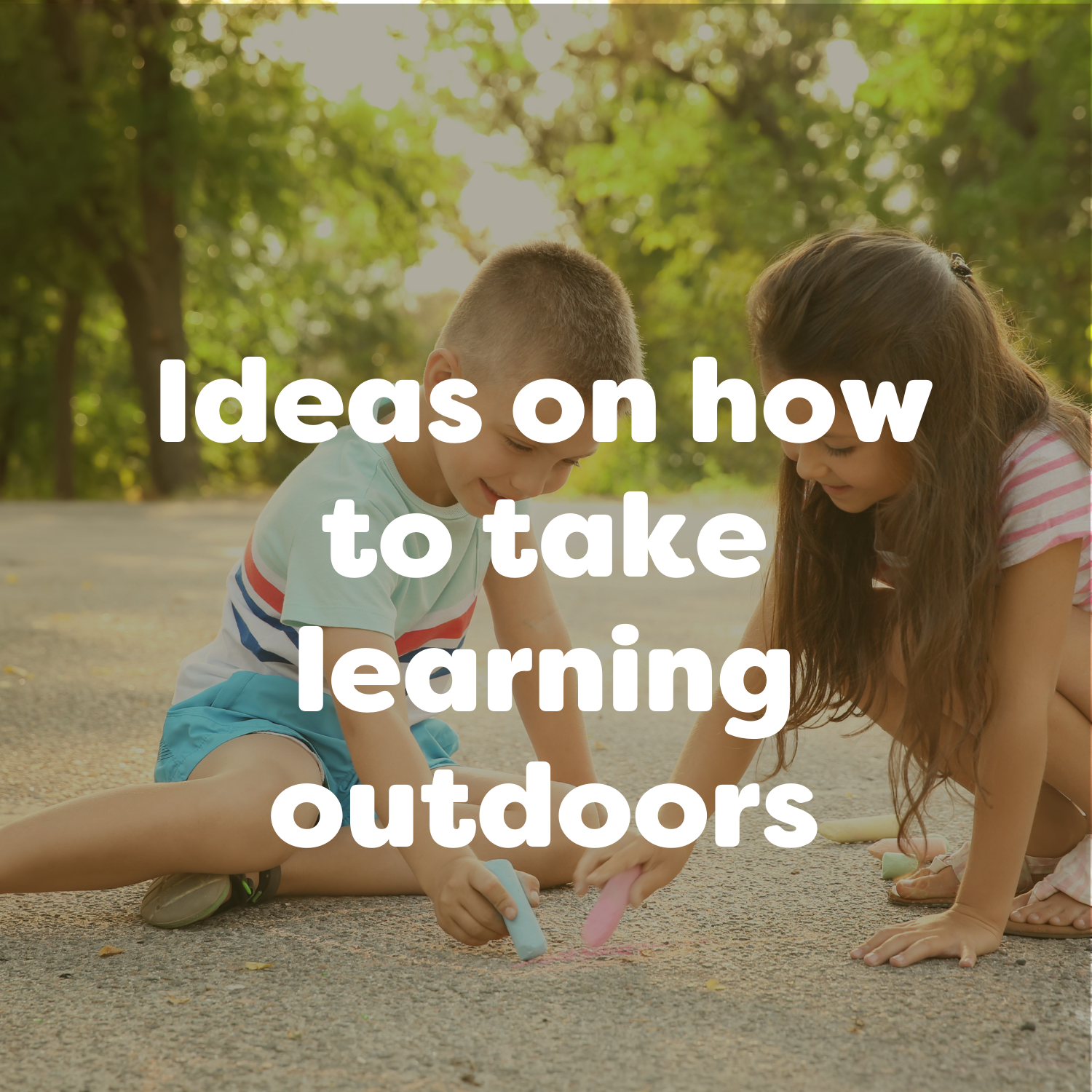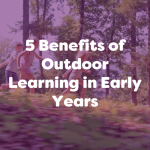
This blog has been written with the help of industry expert and early years teacher Gemma Unsworth. Gemma’s 18 years’ of teaching experience include roles as KS1 manager and early years special leader of education. In this post she describes her experience in implementing outdoor learning and offers her tips to take learning outdoors. Follow Gemma on Instagram for further inspiration and activity ideas for outdoor learning.
“The best classroom and the richest cupboard is roofed only by the sky” – Margaret McMillan
The importance of outdoor learning
The importance of outdoor learning cannot be underestimated. It not only refreshes the children’s learning environment. But provides a space which allows them to explore, challenge themselves and be physically active.
What do children learn from outdoor play?
Children can learn just as much outdoors as they do indoors, if not more. The scope of what they can discover and experience is not limited to the four walls of a classroom which means they can benefit from an enriched learning environment and gain a deeper understanding of the world. Through unstructured outdoor play, children can develop and learn a myriad of skills as well as an appreciation for nature and the environment.
For example, an activity such as den building, children will have to think of ways to build and construct the den and fix any problems that may arise, promoting problem-solving and critical thinking. Cooperative outdoor play with other children can help children learn valuable social lessons such as sharing and turn-taking. A trip to the park or afternoon spent playing with active play equipment (such as climbing frames) is a great way to encourage social skills, teamwork and friendly competition, as well as inspiring children to lead a healthy, active lifestyle.
Studies have shown that being outdoors has a positive effect on both mental and physical development. This enhances children’s well-being and contributes to effective learning. This has therefore contributed to a huge increase in practitioners swapping their indoor lessons for holistic, “back to nature” learning. Our industry expert Gemma Unsworth shares her experience of this transition and how she implemented outdoor learning in her setting.
An early year’s experts experience
We are based in the North West in an area of high deprivation with a lack of green open spaces or houses with gardens. However, we are fortunate to have extensive grounds at school.
When I first moved to my school over 13 years ago, the outdoor area wasn’t used at all; the children had set playtimes, and it was pretty much “bums on seats” for the rest of the time.
So when I started, my main focus was on outdoor learning, getting to know what the children (a class of 24 boys and 6 girls) needed and wanted. It quickly became evident that they loved gardening, digging and building, and so our first area was to make a mud kitchen (they weren’t as common as they are now) and a building/construction area. We appealed for anything free from our parents and local shops. Pallets, tyres, kitchen utensils and gardening tools; I even acquired a wooden playhouse from Marketplace.
Then we just built up year on year – our biggest tip is ensuring that the children take ownership of the area. Visitors always comment on how much space we have and how many resources we have available. This is usually followed by comments such as ‘our children would just trash it’ or ‘resources would just get lost and broken’. This does happen in our setting; however, from the very beginning, we try to ensure that the children know where everything goes enabling them to take ownership of their own learning.
Our favourite resources include any outdoor natural loose parts such as sticks, stones, shells, leaves etc as they can be used in so many different ways. We are always looking for new activities, revamping what we have, and obviously, each cohort is different, so sometimes things just change naturally.
Tips to take learning outdoors
Explore nature’s natural resources
Lots of natural materials can be found outside, such as fallen leaves, feathers, sticks, stones, shells etc. In the outdoors children get the chance to discover whatever they set their sights on. They are not limited to the equipment and toys they are used to seeing in the classroom. Being in an unrestricted, open setting will certainly provoke questions, exploration and further discovery.
Make a mud kitchen
Mud kitchens provide endless opportunities for hands-on learning through play. From maths and science to imaginative role-play scenarios and sensory play. For example, children can improve their understanding of mathematical language by describing the shapes of different kitchen utensils (spoons, pans, jugs, spatulas, bowls etc.). They can create mud pies, measure and combine different ingredients such as sand and soil, and so much more. There’s no doubt that playing in a mud kitchen is a fun experience!
Go on a minibeast scavenger hunt
Not only is it a great way to get up close and personal with nature, bug hunting also provides an educational learning experience, leading discussions about various bugs, insects and creepy crawlies. Get out into the garden, local park, woods or playground and discover which minibeasts are all around you! Make use of different equipment such as magnifying glasses, bug viewers, tubs and jars to identify and examine the minibeasts. Or let your children find minibeasts using our outdoor explorer kit!
Key messages to take away:
- Find out what the children enjoy and work around that
- Make clever use of your space with focal points for different activities
- Resources don’t need to be expensive; see what you can get from donations or friends and families
- Be patient; setting up an outdoor learning area can be a slow process; build on it
- Allow children ownership of the area; they will learn responsibility and independence and will respect the space
- Use nature’s resources – sticks, stones, shells and leaves
- Be creative, look out for new activities, change up existing areas
- Be flexible, each child is different so allow change to occur and everyone will enjoy it!




